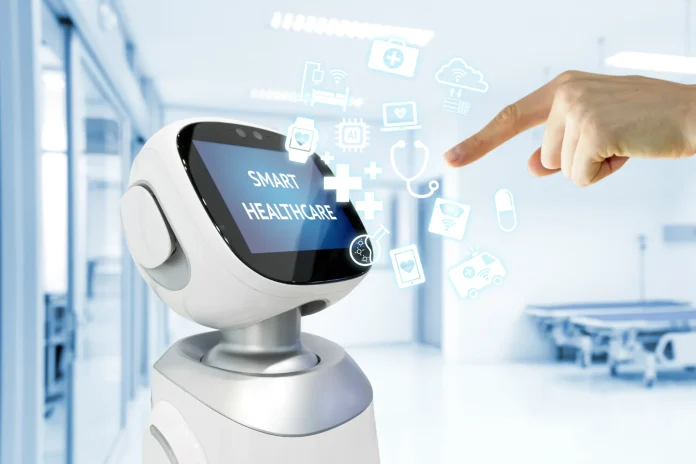A new robotic system developed by researchers at the University of Southern California (USC) could help clinicians more accurately assess how well stroke survivors are using their weaker arm in everyday life using robotic stroke survivor assessment. The system, which uses a robotic arm to track 3D structural information and machine learning techniques to process the data, generates an “arm non-use” metric that could help clinicians identify patients who are not using their weaker arm as much as they could be.
The Challenge of Arm Non-use
Arm non-use is a common problem among stroke survivors. It occurs when stroke survivor favors their more muscular arm for everyday tasks, even when their weaker arm has shown the potential to improve. This can lead to several problems, including weakness, spasticity, and pain in the weaker arm because of immobility.
How Robotic Stroke Survivor Assessment Works
The USC researchers’ robotic system is designed to measure arm use secretly so that patients are unaware that they are being tested. This is important because patients who know they are being tested may try to use their weaker arm more than they usually do in everyday life.
The system works by having the patient place their hands on a 3D-printed box with touch sensors. A socially assistive robot then describes the system’s mechanics and provides positive feedback while the robot arm moves a button to different target locations in front of the participant. The patient is then instructed to reach for the control using the hand that comes naturally.
The Results
The researchers tested the final results of the robotic stroke survivor assessment with 14 participants who were right-hand dominant before the stroke. They found the system reliable across repeated sessions, and participants rated it as a simple-to-use assessment program. The researchers also found that the system could identify differences in arm use between participants.
The Implications
The researchers believe their system could be a valuable tool for clinicians working to help stroke survivors recover from arm non-use. The system could track a patient’s progress over time and identify patients who are not using their weaker arm as much as they could be.
Future Steps
The researchers are improving the system by including other behavioral data, such as facial expressions and physical activity tasks. They also plan to test the system on a larger scale for a broader research group.
The USC researcher’s robotic stroke survivor assessment is a promising new tool that could help clinicians more accurately assess arm use in stroke survivors. The system can improve stroke survivors’ care and help them recover more fully.



